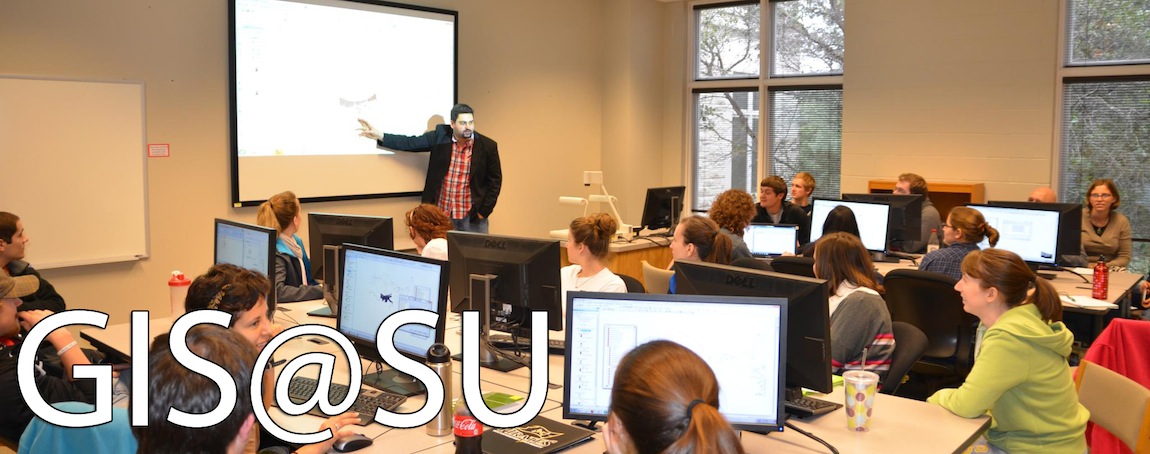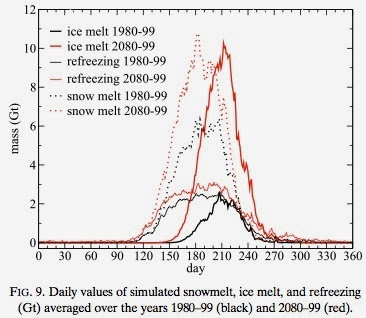Volunteered Geographic Information in the Social Cyberscape
Fischer’s
article from last Spring in Geo-Informatics breeches a subject that most if
not all modern Americans have encountered in one form or another: data-driven
consumer-focused advertising. Particularly,
Volunteered Geographic Information, or VGI for short, has become a common
source for geodemographic data that sites like Amazon, Google Places, Facebook
Places, Yelp, Twitter, and other applications utilize in order to expedite
crowdsourcing at a reduced price in the ongoing maintenance of their datasets.
VGI
falls under the umbrella term “Big Data.”
Big Data refers to a collection of information that is collected from a
large number of sources (think one-billion plus Facebook users) and depending
on the analytic technique, the permutations of data are processed for various commercial
uses by corporations. Uses are derived
from the source person's habits of behavior, and other seemingly mundane tidbits of
information. As the technology for
analyzing this complex data improves, so does its value. Crawford and Boyd point out, “…VGI becomes a
commodity as its social patterns of production are analyzed and applied for
social and economic decision-making processes and the data-driven mass
customization of goods and services.” In
other words, a world of large-scale personalized advertising grounded in an
individual consumer’s behavior.
The potential
uses for VGI is still an open frontier, as well as the nature of how
“voluntary” it truly is. The authors
mention that some GIS practitioners remain skeptical of the data’s reliability
relative to the accuracy and credibility from which these essentially
unregulated sources are pulled. In
Crawford and Boyd’s words, “VGI is a biased source of information which is produced
by interest-specific communities and their conceptions of space,” and later,
“VGI datasets hardly allow for a reliable interpretation of who and what the
analysis represents, let alone a generalization.”
As
mentioned in passing above, the voluntary nature of VGI is dubious when
juxtaposing users’ perception of data with data collection agencies’. Where a user might give Google+ permission to
share their location with friends in their social circle, this simultaneously
allows Google to track the venues and habits of one’s movements in a
decontextualized manner with emphasis on data collection rather than human
collaboration.
Ultimately,
for VGI data, Fischer claims, “…the challenge to engage with networked
geo-communication as a whole and how people construct meaning from the use of
geomedia, denotes an approach towards a social theory of geographic
information.” This harkens to the
interpretation that GIS is not merely a technological means towards furthering
Big Data-driven profits, but an interactive medium whereby informed users can
deepen their understanding of the topographical relationships around them while
navigating a socially significant medium with others.
Fischer, Florian. (2012,
April-May). A New but Delicate
Data-Source: VGI as Big Data. GeoInformatics, 15(3), 46-47.
Accessed here: http://fluidbook.geoinformatics.com/GEO-Informatics_3_2012/#/1/









